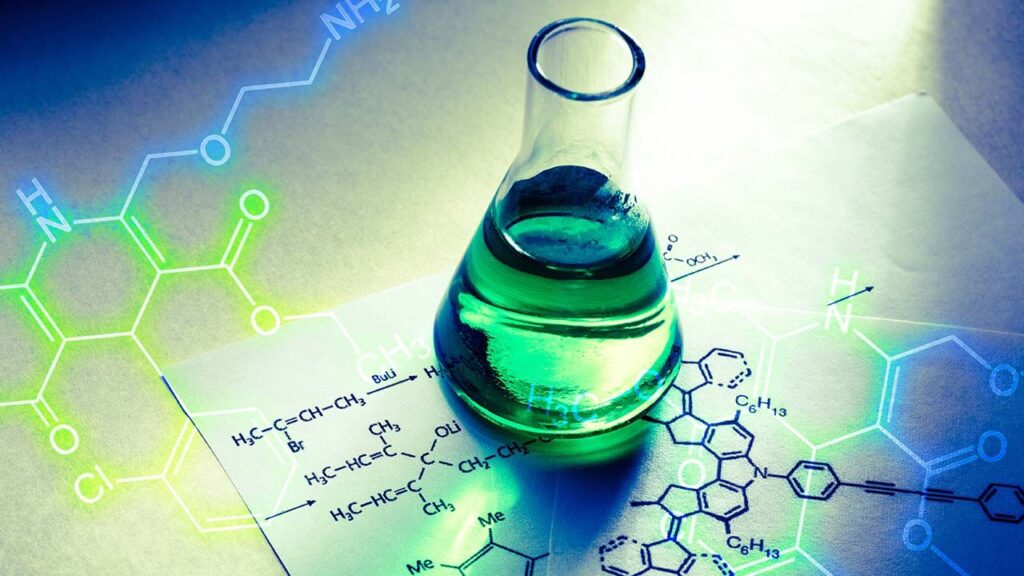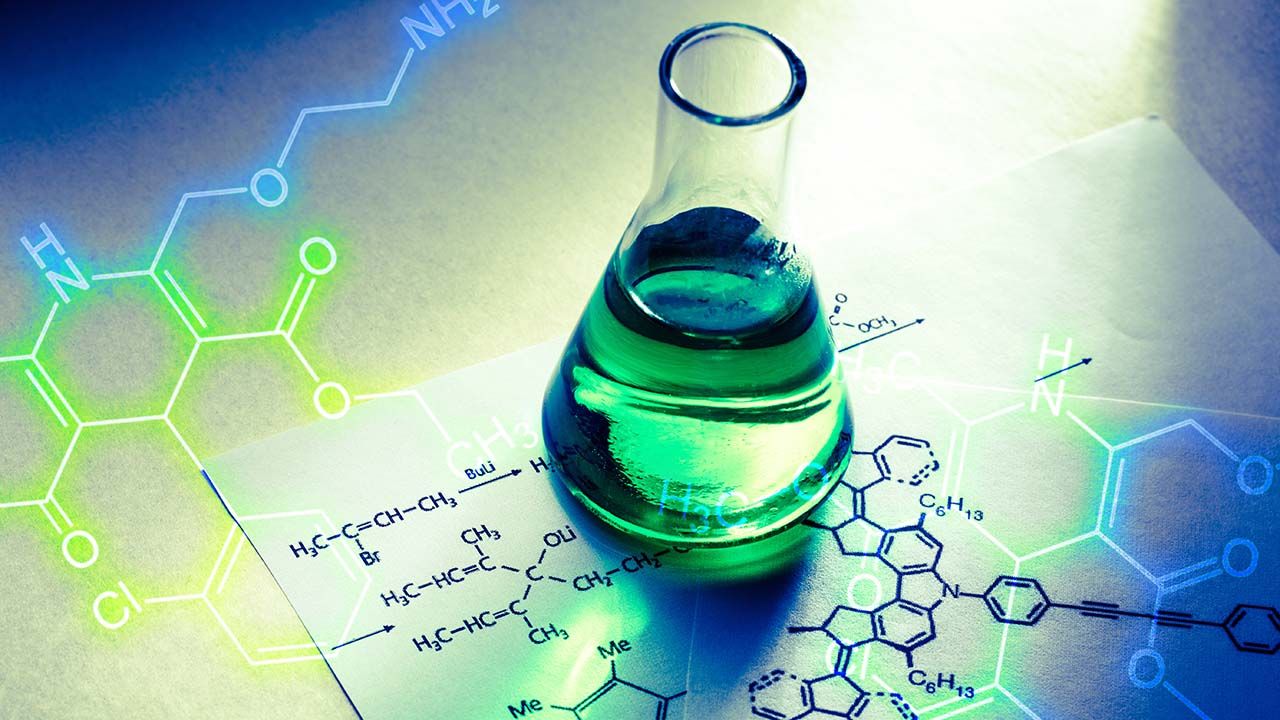Localised surface plasmons (LSPs)
Surface Plasmon theory and is applications constitutes a large ongoing research field. Plasmon mediated surface photochemistry and the charge transfer has give us an excellent window into the underpinnings of the challenges scientific breakthrough in that sector.
At first, we can say that surface plasmon are a collective oscillation of electrons that are commonly categorized into two classes: propagating surface plasmons (SPPs) and localized surface plasmons (LSPs). LSPs are non-propagating excitations of the conduction electrons of metallic nanostructures coupled to the electromagnetic field.
As for LSPs, light interacts with particles that are much smaller than the incident wavelength. The curved surface of the particle exerts an effective restoring force on the conduction electrons. Hence a resonance known as localised surface plasmon resonance (LSPR) can rise, leading to field enhancement both inside and in the near-field zone. LSPR is dependent on the size, shape, and dielectric function of the nano-particles as well as the local dielectric environment.

The LSPs can be explored by considering a homogeneous, isotropic sphere and dielectric function located at the origin in a uniform, static electric field.
Applications
AuNP-Si (Gold-silicon) systems are of particular interest for the integration of plasmonics to semiconductor electronics. Here the arrangement of AuNPs into a 2-D array that was covalently bonded to a Si substrate without surface oxide. This process is achieved by simply irradiating visible light to a hydogen-terminated Si substrate immersed in a solution of AuNPs covered with a self-assembled monolayer (SAM) of 11-mercaptoundecene (MUD). These MUDAuNPs are attached to the substrate by forming Si−C bonds as a result of the photochemical reaction between Si−H groups on the substrate and vinyl groups of the MUD-SAMs. The reaction proceeded most effectively at a wavelength band around 520 nm adjusted to the plasmic resonance peak of the MUD-AuNPs (20 nm in diameter)/toluene solution centered at 535 nm, demonstrating that the photochemical reaction is assisted by localised surface plasmon, which allow the AuNPs to be photon collectors.
Photochemistry
Photochemistry, the branch of chemistry that deals with the chemical processes that are caused by the absorption of light energy. The process by which a photochemical reaction is carried out is called photolysis. Photolysis is usually initiated by infrared, visible, or ultraviolet light.
Application
The primary example is photosynthesis, in which most plants use solar energy to convert carbon dioxide and water into glucose, disposing of oxygen as a side-product. Humans rely on photochemistry for the formation of vitamin D. In fireflies, an enzyme in the abdomen catalyses a reaction that results in bioluminescence.
